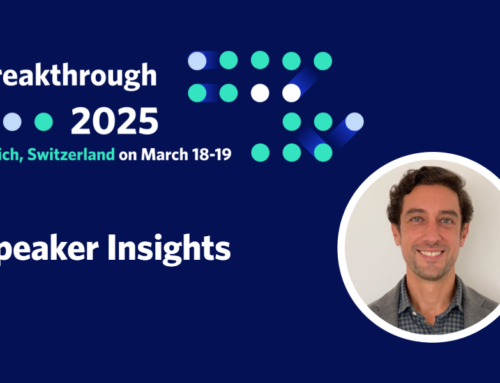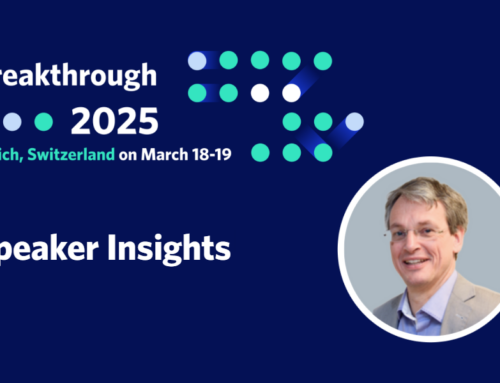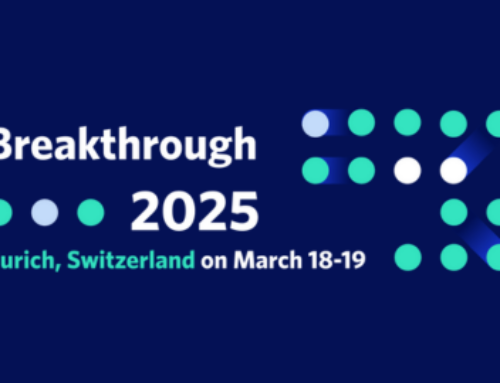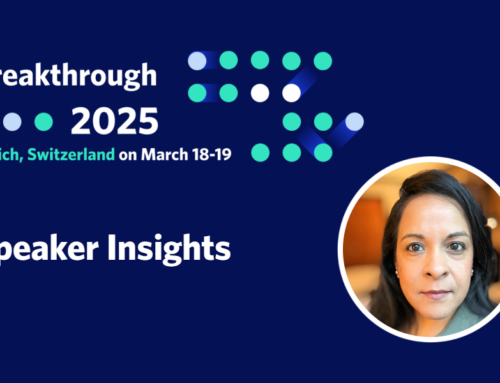Up to now, AI technology has had to be painstakingly ‘trained’ in what to look for. This training burden has largely inhibited its use to transform labor-intensive Safety and Regulatory processes in life sciences R&D.
AI capabilities have had to be validated application by application, too, delaying efficient deployment.
On top of this has been the expectation that AI-based conclusions must be ‘explainable’ to regulators – for the sake of compliance, credibility, and trust.
All of these ‘overheads’ have restricted companies’ ability to fully exploit the technology.
Up to now, that is.
Today, thanks to the latest advances in AI and machine learning, there is substantial new potential to transform demanding routine processes – but without the previous training, validation and explainability burden.
What’s changed?
Generative AI (GenAI) technology, using large language models (LLMs – the huge data banks referred to by GenAI tools), quickly understands what to look out for and can reliably summarize key findings for the user.
In conjunction with advanced natural language processing (NLP) techniques like retrieval-augmented generation (RAG), LLMs make advanced automation a safe, reliable and efficient reality in key life sciences R&D processes.
The role of ‘RAG’
RAG simplifies the process of fine-tuning AI models. It does this by allowing LLMs to integrate proprietary data with publicly-available information.
This gives them a bigger pool of knowledge – and context – to draw from.
It means that specialized applications can now be developed that apply GenAI-type techniques, contextually, to data they haven’t seen before – learning from and processing the contents on the fly.
For drug developers, this has the potential to transform everything from dynamic data extraction associated with adverse event (AE) intake, to safety case narrative generation, narrative theme analysis in safety signal detection, and the drafting of safety reports.
Privacy, security & responsible use
Carefully combining LLM and RAG capabilities ensures transparency and explainability, meeting regulatory standards for safety and reliability. Responsible AI and compliance are critical in life sciences, so deploying proven, transparent solutions is essential.
The LLM/RAG approach addresses potential concerns about data security and privacy, too. That’s because it doesn’t require the use of potentially-sensitive patient data for algorithm training/machine learning.
It also stands up to validation, through periodic sampling by human team members. This sampling can be calibrated as confidence grows in the technology’s performance – ensuring that efforts to monitor its integrity do not undermine the significant efficiency gains that are possible.
Streamlined validation
Because LLMs make it possible to bypass the need to train AI models or algorithms, a single technology solution can handle all variations of incoming data, simplifying the system validation burden.
RAG patterns can play an important role here, in explaining a standard operation procedure to an LLM using natural language. The system then knows what to do with each of many thousands of forms – without the need for special configuration for each relative format.
Impressive proof points
Application of LLM-RAG technology to transform AE case intake has been shown to deliver upwards of 65% efficiency gains, with 90%+ data extraction accuracy and quality in early customer pilots of ArisGlobal Advanced Intake conducted this year.
In safety case narrative generation, the same technology is already demonstrating 80-85% consistency in the summaries it creates. And that’s from a standing start, without prior exposure.
Data retrieval – in context
The ability to retrieve data in context, rather than via a ‘find all’ command (e.g. everything among a content set that mentions headaches), could transform a range of processes linked to safety/adverse event discovery and reporting.
Going forward, equivalent solutions will help streamline the drafting of hefty regulatory safety reports, with advanced automation generating the preliminary narrative; and perform narrative theme analysis in safety signal detection.
The technology could have a significant impact in distilling trends not captured in the structured data (e.g. a history of drug abuse, or of people living with obesity, across 500 patient narratives that are potentially of interest). It is this broader potential that is now being discussed at meetings of the new global life sciences’ GenAI Council we’ve helped create..
As life science technology companies continue to experiment with these latest innovations, the benefits will speak for themselves.









